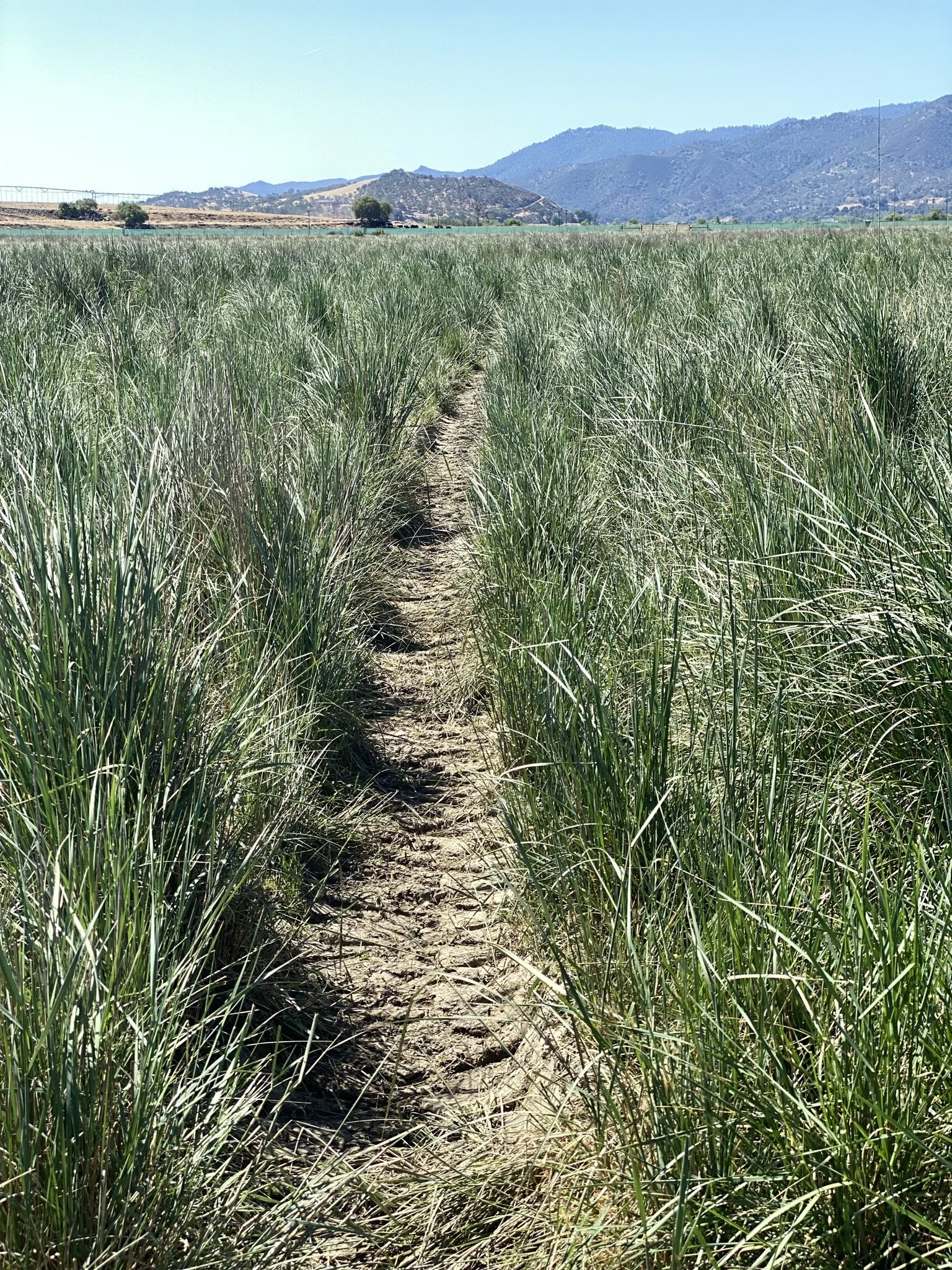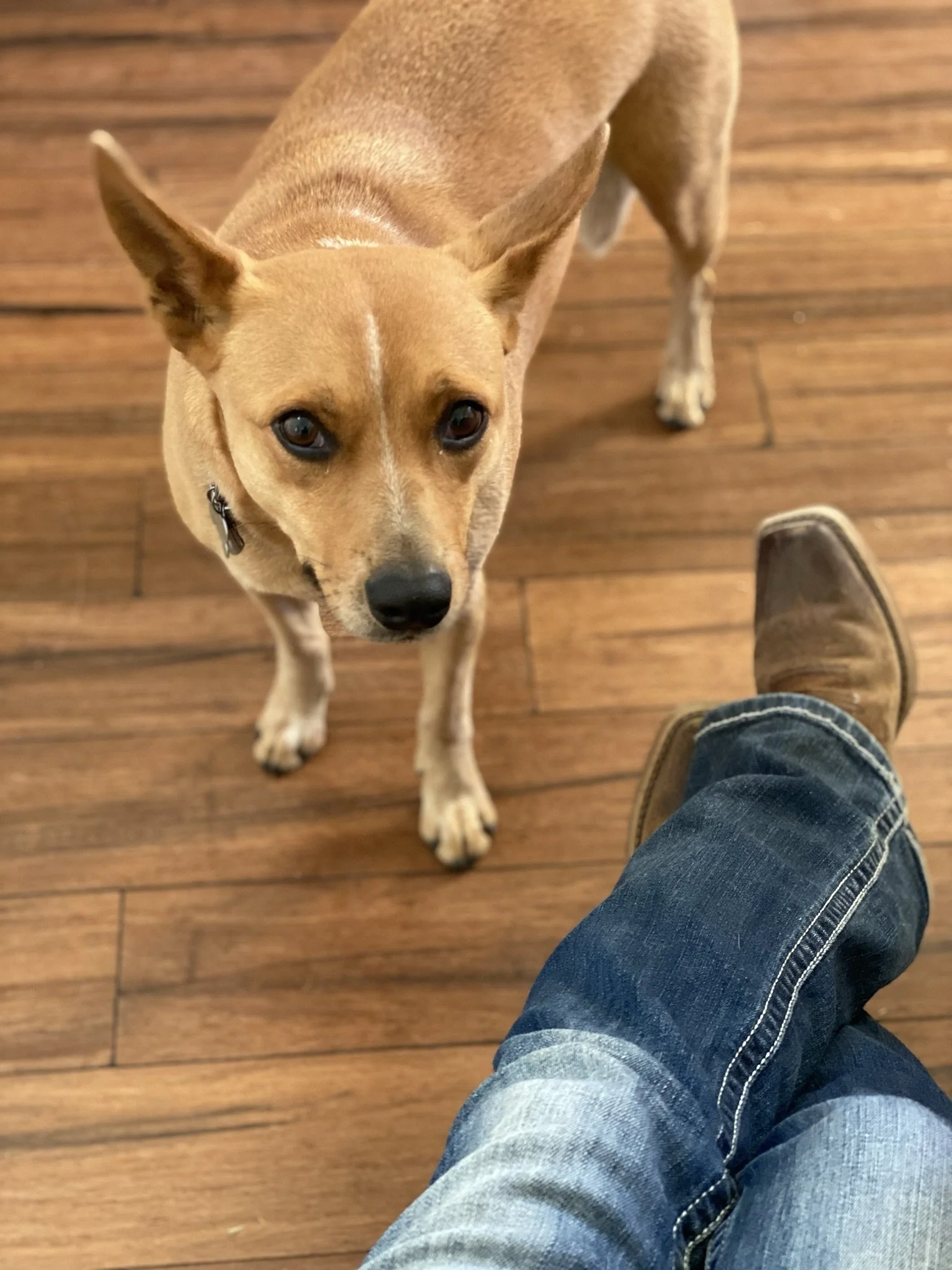Principles & Science of Developing Regenerative Agriculture Ecosystems
Last week I spent two days in John Kempf's "Principles & Science of Developing Regenerative Agriculture Ecosystems" at Paicines Ranch in Central California, and I've emerged with pages and pages of notes, insights, and validations to share!
Here's a few highlights
* Binary thinking will get us nowhere (us vs. them, treatment free vs. conventional beekeeping, native bees vs. honey bees, regenerative vs. contemporary agriculture) - we're all in this together, and when you know better, you do better.
* Plants require and feel attention and love.
* Western religion and culture preaches improving farming and ecological / environmental health by coming together as a society, eastern religion and culture encourages inner, individual work. We all need both! (I love Thích Nhất Hạnh's theory of "interbeing" around this topic.
* Nutrient density doesn't come from mineral density, it comes from phytonutrient density.
* A healthy, regenerated(ing) agricultural system isn't about carbon sequestration, it's about FLOW. Cycling = productivity.
* Overuse of ag chemicals (especially synthetic nitrogen and glyphosate) are wreaking havoc on soil and plant minerals, fats, and amino acids. The chain effects, resulting in pests, "weeds," and disease are mind-boggling.
* If the ecosystem is weak - nature sends in pests, weeds, and disease to break down the system and start over.
* We don't have pest, genetics, pathogen, and weed problems - we have nutrition and microbiome problems (THIS IS EXACTLY WHAT BGO'S REGENERATIVE BEE PASTURE PROJECT IS ADDRESSING - except with bees, which is very exciting and I feel so validated)
* We know that fat bees are healthy bees, and fat plants are healthy plants! You get fat plants by building diversity into your farm system (again, this is the basis of our habitat work).
* I will add that you have to have agents of reproduction to establish, maintain, and increase plant diversity and make the whole system tick - and who are those agents?? BEES!!
* Here's a few other fun things we went into the deep end on (worth looking up and learning about): redox, chelation, cytokinins, auxins, and plant secondary metabolites.
* Community is what ties this all together. The side conversations I was able to have about BGO's work and mission were invaluable, I was really pushed to answer, "but why should I care about bees (as a wine grape grower, sheep farmer, almond grower, etc.) if I don't need their pollination services at all, or for more than a few days a year. The answer is within helping each individual see how bees fit into the vision of their farm. It's like playing a game of "6 degrees of Kevin Bacon," and I can always do it
(With permission) I took some lovely solo-processing time meandered out into the pastures to envision what bee habitat at Paicines could like - because I am not talking about a pollinator garden at a tasting room or farm HQ (though, those are great, too), I'm talking about ACRES of flowers integrated into farming systems.
But I have to say that my favorite part of the week was meandering over to the bunkhouse for dinner on Thursday night. For the first time in a very long time I sat down with a group of new friends and enjoyed fresh, wholesome food, and heartful conversation while the farm's crew ebbed and flowed in and out of the kitchen, then to the fire, and back again - wine in hand, and hearts aglow. Collective effervescence at it’s finest!
Thank you, Paicines Ranch for bringing us together for a few days of learning, growing, and community.




